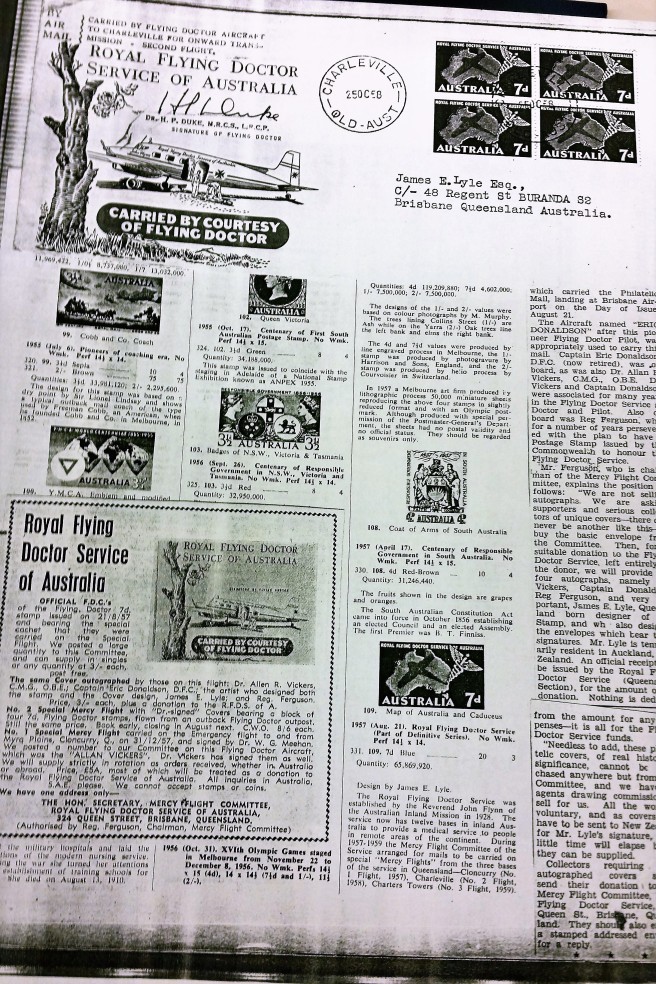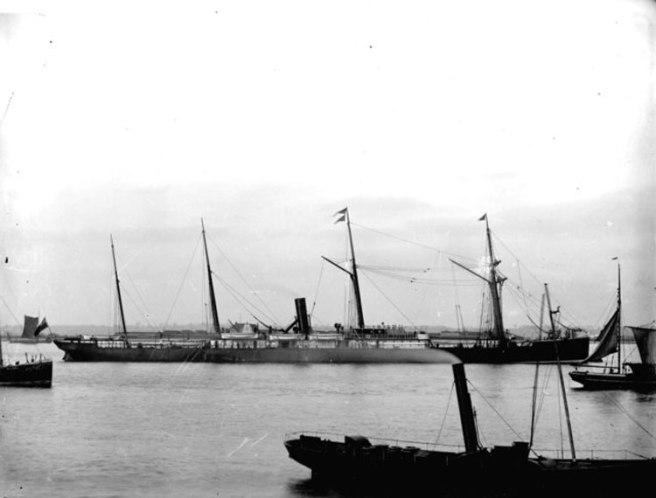-

Sir Charles Kingsford Smith (‘Smithy’) in his flying gear c1928. By Unknown – Image Library of State Library of NSW, Sydney., Public Domain, https://commons.wikimedia.org/w/index.php?curid=6786312
This year, 2018, marks the 90th anniversary of the first trans-Tasman flight made by the intrepid Brisbane-born aviator, Sir Charles Kingsford Smith (affectionately known as ‘Smithy’)#. This was only one momentous event for Smithy and his crews during 1928. He achieved much in his career including an impressive WWI war record and setting prodigious world aviation records. These were historic and exciting times!
It is hard to comprehend in the 21st century just how important and unique these achievements were. We are all used to planes coming and going, with millions of people flying thousands of miles every year. But, back in 1928, aviation was still relatively new. Long distance flying was in its infancy and extremely dangerous for those who took it on.
So, keeping this in mind, on 10 September, 1928, Smithy, accompanied by Charles Ulm, Harold Litchfield and Thomas McWilliams set off from Richmond near Sydney in their Fokker tri-motor named the Southern Cross. They touched down on 11 September at Wigram Aerodrome, Christchurch, New Zealand after covering 2670 kilometres in 14 hours 25 minutes. Over 30,000 people turned up at the aerodrome to be part of this historic occasion. School children were given the day off and public servants were given time off until 11am. It was a monumental day in aviation history! If you would like to find out more, please see here. A flight from Sydney to Christchurch in 2018 takes about three hours! I think Smithy would be impressed.

Earlier that year, on 31 May, Smithy, along with Charles Ulm and their American crewmen, James Warner and Harry Lyon broke the trans-Pacific record. They had flown approximately 11,566 kilometres in three legs, and were greeted by 26,000 people on their arrival at Brisbane’s Eagle Farm Airport. An amazing achievement! Flying time from Los Angeles to Brisbane is about 13 hours!
Also, in August that same year, Smithy completed the first non-stop flight across mainland Australia, from Point Cook, near Melbourne to Perth, Western Australia.

Move the clock forward to 1958. It was now 30 years since Smithy and Ulm had landed in Christchurch to the cheering crowd of 30,000. Much had happened in that time. There had been World War II, the Korean War and the Cold War was in full swing, and Sir Charles Kingsford Smith was gone. He and co-pilot John Thompson ‘Tommy’ Pethybridge were flying the Lady Southern Cross overnight from Allahabad, India, to Singapore, as part of their attempt to break the England-Australia speed record when they disappeared over the Andaman Sea in the early hours of 8 November 1935. Aviator Jimmy Melrose claimed to have seen the Lady Southern Cross fighting a storm 240 kilometres from shore and 70 metres over the sea with fire coming from its exhaust. Despite a search for 74 hours over the Bay of Bengal by test pilot Eric Stanley Greenwood, OBE, their bodies were never recovered. Aviation had come a long way since Kingsford Smith had broken the trans-Pacific and trans-Tasman records. It was time to commemorate his efforts.
The release of the Australian 8d* and New Zealand 6d* stamps marked the 30th anniversary of the First Air Crossing of the Tasman Sea 1928 – 1958. On 27 August, 1958, the first cover with the stamp was released celebrating 30 years since Smithy had crossed the Tasman Sea! James E Lyle (‘Jimmy’) was the designer of both stamps. The photos below will be of interest, especially to those who follow my posts regarding James E Lyle. The first one is addressed to my dear great-aunt, Elsie Morley (1896-1987), and is sent with “Compliments of the designer, James E Lyle”. It was signed by Jimmy with his highly recognizable signature. It was posted in Brisbane, Queensland, Australia.
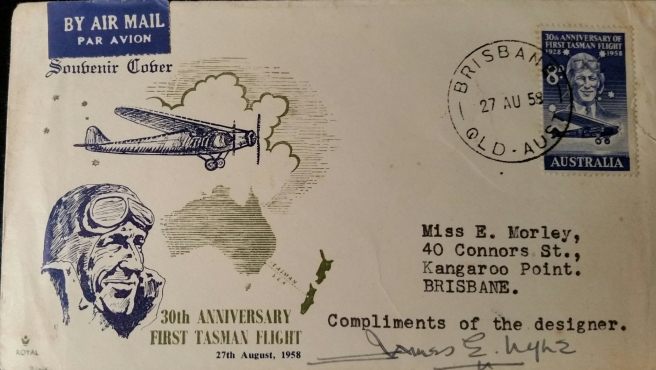
The second first day souvenir cover is addressed to the designer, James E Lyle! I could be wrong, but the hand printing looks very much like Jimmy Lyle’s. What do you think? Note that it was sent from Auckland, New Zealand. I think both of these first covers are significant in their own ways and I am pleased they are in my possession.

It all looks relatively straightforward. A designer designs the stamp, the stamp is printed, the stamp is released and circulated. Not too complicated? Not so. According to Melbourne’s The Herald, dated 6 September 1958, there were mixed reactions, although there was support for the stamp, “the stamp itself is very pleasing in its design and is a good likeness of “Smithy””. However, it was also pointed out there were some minor flaws and yet other flaws were ‘worthy of recording’. While there was a difference of opinion regarding the type of plane included in the design, it was generally agreed that the Southern Cross VH-USU was so closely associated with Smithy it should have been included. It was further agreed that it was a good likeness of Smithy. On reading the article, the flaws were stated in great detail but I will not include them all here. One of the main flaws was regarding the white flow in the left hand edge of the stamp between the wing of the Southern Cross and the large star. Difficult to judge with an untrained eye! Others stated there were issues with the actual sheets of stamps and the quality of the printing. Those of you who are philatelists, will no doubt understand the ramifications of these ‘flaws’. One critic, Mr C Rivett of Baulkham Hills, New South Wales noted flaws with the wing tip, broken wing tip, broken wing over port motor and problems with the printing of “RN” in the word “SOUTHERN”. I don’t believe any of the critics had issues with the design, per se, but the actual printing of the stamp. So, you see, it isn’t so simple after all. There was certainly some controversy surrounding these stamps.
There is still one important question I have. That is, how or why was Jimmy chosen as the designer of the stamp? He may have been living in Auckland at the time so that might have some bearing on the decision. Maybe his design of the Royal Flying Doctor stamp in 1957 was still in the mind of the decision makers. I am working on solving that mystery, so, watch this space…
James E Lyle was a prolific artist. He not only designed these stamps but also a number of Brisbane Telephone Directories. He worked in various mediums and created numerous public and private artworks. If you would like to know a little more about the art and life of James E Lyle, please see James E Lyle … a lost art, James E Lyle…the stamp of approval 60 years on and James E Lyle – an update.
Thanks for reading!
*8d = 8 penny/6d = 6 penny (approximately 7 cents/5 cents) with calculated value of approximately AUD$1.03 in 2017 (Total change in cost is 1438.8 per cent, over 59 years, at an average annual inflation rate of 4.7 per cent.)
#Charles Kingsford Smith was knighted in 1932
© 2018







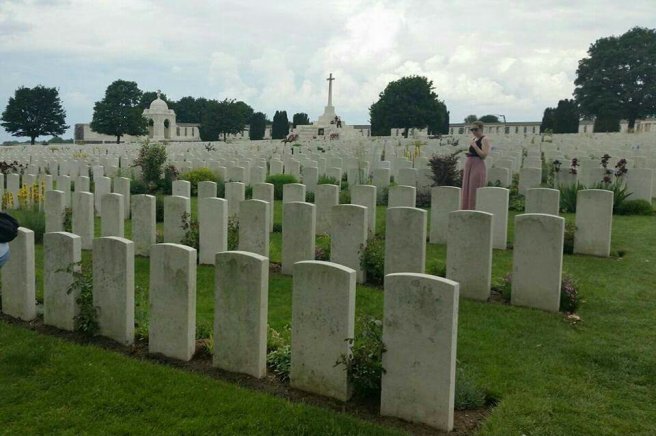


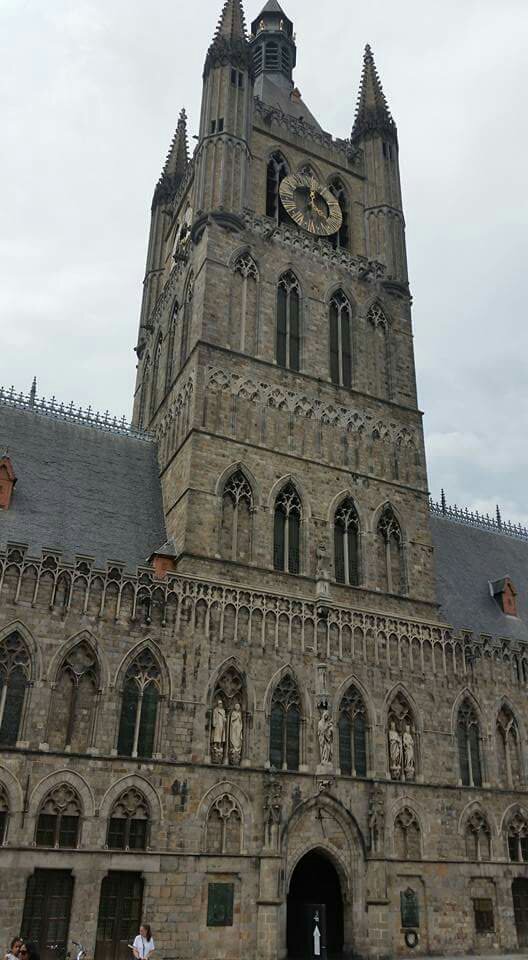


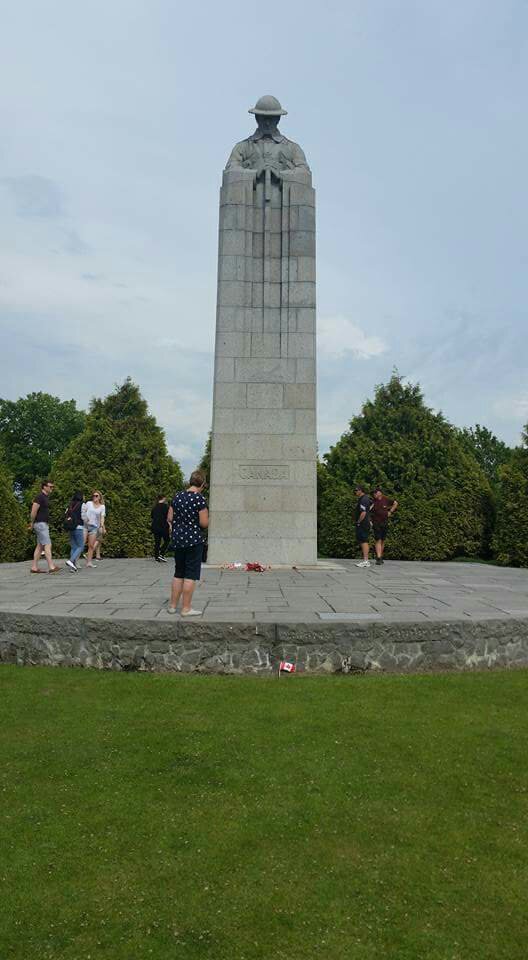






























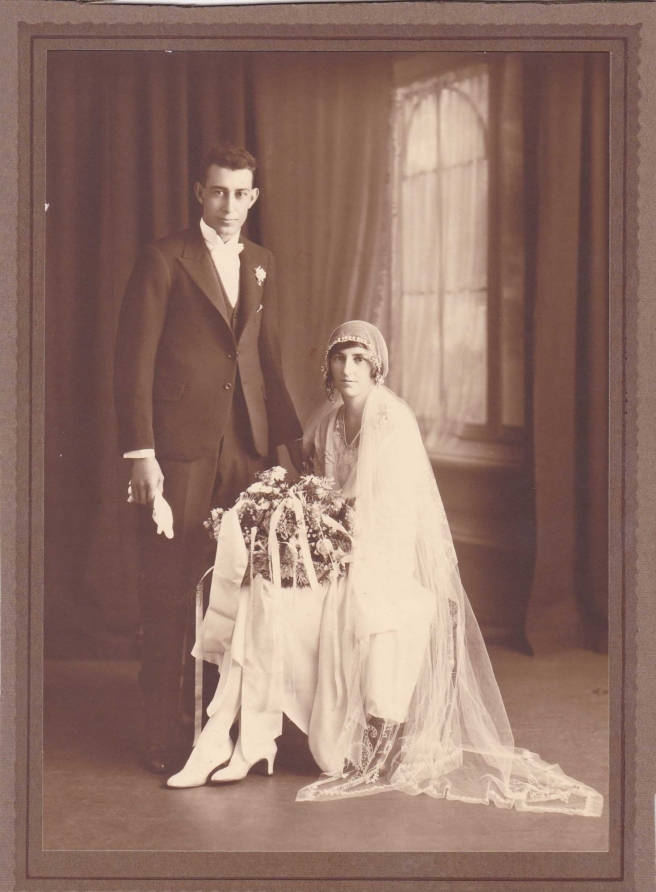





 60 years ago today, the Royal Flying Doctor Service of Australia 7d* (penny) stamp was released. “So what?”, I hear you say. “Stamps are released every other day. What is so special about this one?” Well, this stamp, or should I say the designer of this stamp, had a close association with my maternal great-grandmother and her family. The designer of this stamp (as well as others) was James E Lyle (Jimmy). Regular readers will recognise the name as I have posted about the work and life of this Brisbane-born artist and his connection to our family. If you don’t know what I am talking about, have a look at
60 years ago today, the Royal Flying Doctor Service of Australia 7d* (penny) stamp was released. “So what?”, I hear you say. “Stamps are released every other day. What is so special about this one?” Well, this stamp, or should I say the designer of this stamp, had a close association with my maternal great-grandmother and her family. The designer of this stamp (as well as others) was James E Lyle (Jimmy). Regular readers will recognise the name as I have posted about the work and life of this Brisbane-born artist and his connection to our family. If you don’t know what I am talking about, have a look at 

